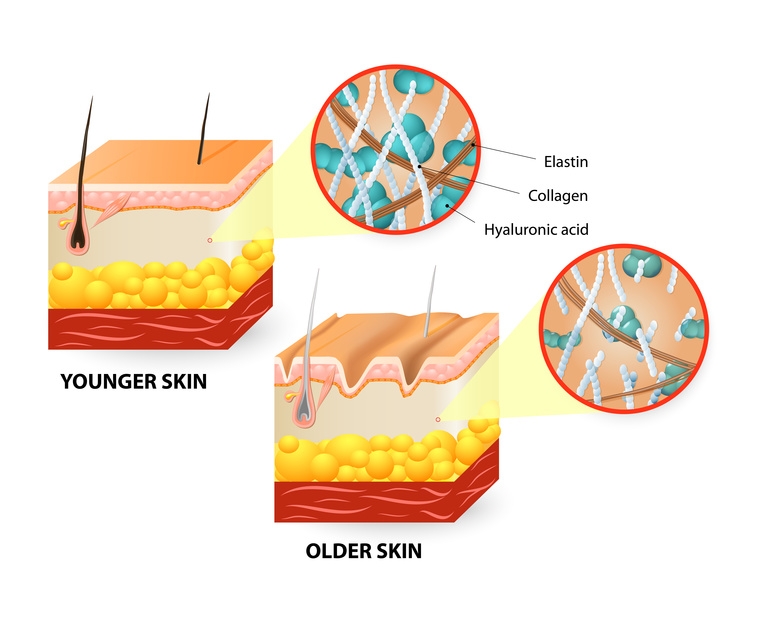RayBiotech , the antibody array specialist, have just released a new, very broad antibody microarray, the L2000 series, for the profiling of 2000 protein targets including metabolic enzymes, structural proteins, and a variety of cytokines, growth factors, proteases, and signaling proteins. Based on the same technology as the “smaller” version L1000, the L2000 array is the quickest and simplest method to profile extensive protein expression with small sample volume. In this post, we’ll look at the array’s features and technology, as well as the possibility to outsource your profiling project to experts in Europe, particularly for one shot experiments, to save you the time to set up the technology in your lab whilst securing the quality of your data.
L2000 antibody array features and benefits
Combining direct antigen-labeling technology with a vast library of array-validated antibodies, RayBiotech has created their largest antibody array to date: the Human L2000 Array. With the L-Series high density array platform, researchers can now detect up to 2000 proteins simultaneously, obtaining a broad, panoramic view of protein expression. This newly expanded panel includes a wide variety of metabolic enzymes, structural proteins, epigenetic markers, neuroregulatory factors, in addition to the popular list of cytokines, growth factors, receptors, adipokines, proteases, and signaling proteins.
The L-2000 is a combination of 4 arrays of 500 targets each that can each be purchased separately: L3 and L4 for the most abundant proteins; L493 and L507.
Available on both glass slide and membrane formats, this array is ideally suited for biomarker discovery studies and exploratory screens.
- Quick and Easy to use – you’ll obtain results in 2 days
- No need for fractionation, depletion or extraction of samples
- Consumes from as little as 20 ul of serum/plasma per array (4 arrays kit for 2000 targets)
- No dedicated equipment needed (standard laser scanner or chemiluminescence device)
- Accurate and reproducible
Take a look here at the full list of targets included in the the L-2000.
L2000 Research Applications
- High throughput expression profiling
- Discovering potential molecular targets for drug development
- Uncovering molecular mechanisms of drug action
- Identifying crucial factors involved in disease processes
- Discovering biomarkers for disease management
- Discovering expression patterns for molecular classification of diseases
How does the RayBio L2000 array work?
The RayBio® Label-Based Arrays differ from sandwich ELISA-based arrays primarily in the means of detection. Instead of using a second biotinylated antigen-specific antibody, sample proteins themselves are labeled with biotin prior to incubation with the capture antibodies. Proteins binding to the array can be detected using streptavidin-HRP for chemiluminescence detection or streptavidin-conjugated HiLyte Fluor 532™ for fluorescence detection. Although you loose a bit of specificity relative to a sandwich based pair technology like the human kiloplex (1000 human targets profiled), you gain in sensitivity with less sample volume required per array.
Even easier… outsource your profiling to experts and save time and ressources
tebu-bio laboratories were nominated several years ago by their partner Raybiotech as “Center of Excellence” for all their High Density antibody arrays and have extensive experience in the popular L1000 series technology (1000 human protein targets profiling). Outsourcing a one-shot project to a European service provider may be a wiser choice to get quality data in a shorter time frame. A statistical analysis service is also available to make the most of the data with the help of experts in this field.
Feel free to get in touch with me if you wish to know more about this new microarray kit and services possibilities. I’ll be happy to discuss your project with you.




